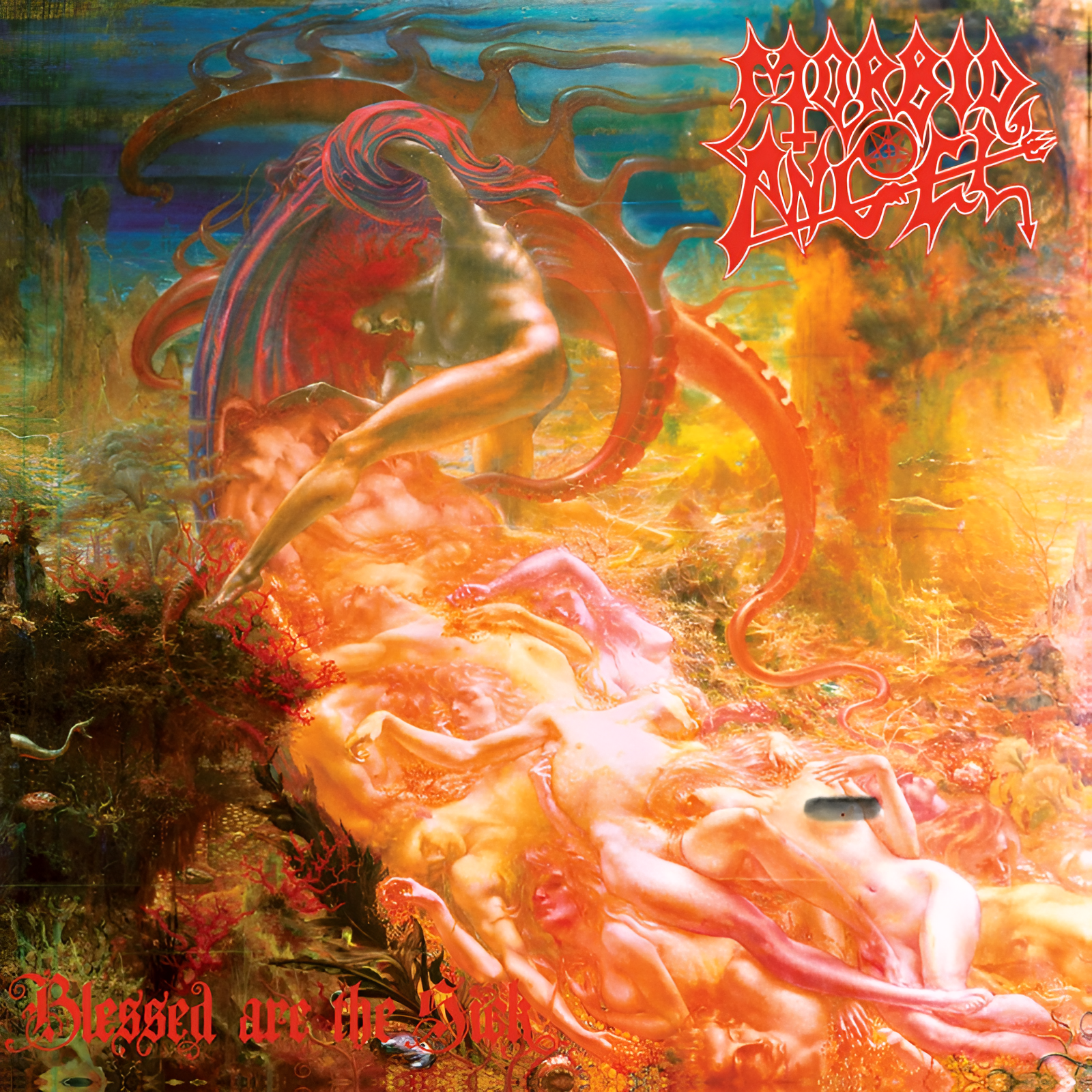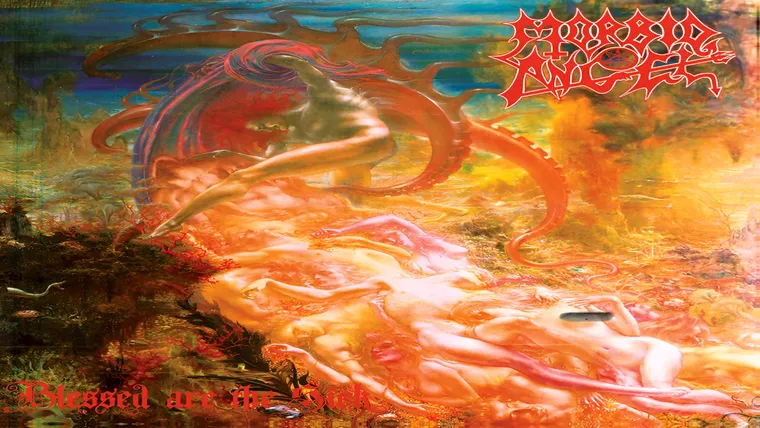
Released on May 2, 1991, Blessed Are the Sick stands as Morbid Angel’s boldest and most refined early statement—a daring, artfully executed record that redefined what death metal could be. Where their landmark debut, Altars of Madness, was a whirlwind of raw energy and diabolical speed, Blessed Are the Sick pulls back just enough to sharpen the blade. It’s slower, stranger, and more calculated—but no less devastating.
This is an album where brutal riffing meets classical ambition and where unholy intensity is channeled through structured elegance. It doesn't simply continue what Altars started—it evolves it, combining the infernal with the intellectual in ways few death metal bands dared to at the time.
Sounding the Abyss: Where Death Metal Finds Its Poise
Opening with the cryptic instrumental “Intro,” Morbid Angel immediately establishes a sense of scale and darkness. It’s not just atmosphere—it’s invocation. Then, “Fall from Grace” erupts like a ritual gone wrong, with David Vincent’s venomous growls and Trey Azagthoth’s twisted riffing tearing through the speakers. The pacing is slower than expected, but that only makes it heavier. It’s deliberate, oppressive, and exact.
Tracks like “Brainstorm” and “Rebel Lands” show the band embracing a deeper groove without sacrificing their signature complexity. Pete Sandoval’s drumming is still ferocious, but it’s more focused here—serving the composition rather than dominating it. Every blastbeat, every off-kilter fill, feels designed for impact, not excess.
The album’s title track, “Blessed Are the Sick / Leading the Rats,” stands as one of the defining moments not only of the record but of the genre. With its orchestral intro and funereal tempo, it bridges the sacred and the profane. The song moves like a procession, drenched in gothic atmosphere and almost baroque grandeur, showing that death metal can be slow and still terrifying.
Of Riffs and Rituals: A Deeper Descent
As Blessed Are the Sick unfolds, it becomes clear this isn’t just an album—it’s a descent into an ancient, forbidden world. “Thy Kingdom Come” and “Day of Suffering” bring back the speed, but even then, there’s a restraint, a sense of structure that makes the chaos feel controlled.
Trey Azagthoth’s guitar work is at its most unhinged and visionary here. His leads are less about melody and more about texture—warped divebombs, alien bends, and unpredictable phrasing. They don’t follow conventional paths because they’re not meant to. On “The Ancient Ones,” his solos sound like demonic transmissions—cryptic, arcane, and utterly compelling.
Tracks like “Desolate Ways”—a stunning classical guitar interlude—underline the album’s ambition. In the midst of all the brutality, Morbid Angel pauses to remind us they’re musicians as much as blasphemers. It’s a haunting moment of beauty that enhances the darkness that follows.
The Discipline of Madness: Morbid Angel Refined
Unlike many death metal records of its time, Blessed Are the Sick doesn’t feel like a random collection of brutal songs. It’s sequenced with purpose. There's a rise and fall to the energy, a structure to the madness. Short instrumentals like “Doomsday Celebration” and “Intro” function as ceremonial chapters—bridges between acts in a sonic liturgy.
Vincent’s vocal delivery is confident and commanding throughout. His snarls are less feral than on Altars but more articulate—imbued with a sense of malevolence and gravitas. His lyrics, too, reflect a growing sophistication, drawing on ancient rituals, occult texts, and spiritual decay.
Meanwhile, Sandoval remains one of the era’s most precise drummers. His playing on “Unholy Blasphemies” and “Abominations” is surgically intense, proving that speed means nothing without control—and he has both in spades.
The Sound of Ritual Power
From a production standpoint, Blessed Are the Sick is a leap forward. Recorded at Morrisound Recording and produced by Tom Morris and Morbid Angel themselves, the album has a rich, spacious mix. Unlike the compressed fury of their debut, this record breathes. The guitars are thick and layered, the drums punchy yet organic, and the bass (for once in early death metal) is audible and essential.
The cover art—Jean Delville’s “Les Trésors de Satan”—perfectly reflects the album’s mood. It's classical, grotesque, and dignified in its depravity, echoing the way the music embraces both chaos and composition.
Final Verdict: 9/10
With Blessed Are the Sick, Morbid Angel didn’t just push the boundaries of death metal—they redrew them entirely. It’s an album that balances sheer aggression with artistic vision, where brutality is enhanced by discipline and atmosphere becomes a weapon. More than three decades later, it still feels unique.
This is not just a landmark death metal album—it’s a masterclass in how extreme music can be thoughtful, structured, and utterly menacing. Blessed Are the Sick isn't content to bludgeon the listener—it wants to seduce, hypnotize, and corrupt.
Standout Tracks:
- Blessed Are the Sick / Leading the Rats
- Fall from Grace
- The Ancient Ones
- Desolate Ways
- Unholy Blasphemies
- Day of Suffering
Blessed Are the Sick is Morbid Angel at their most refined, ritualistic, and fearlessly creative. It doesn’t scream for attention—it commands it like a dark sermon echoing through the catacombs of metal history.
Until next time, play it loud, friends!

